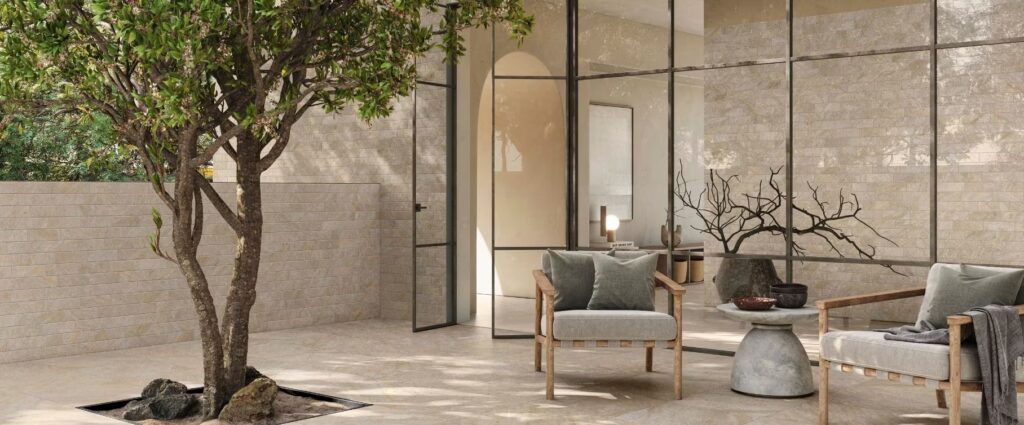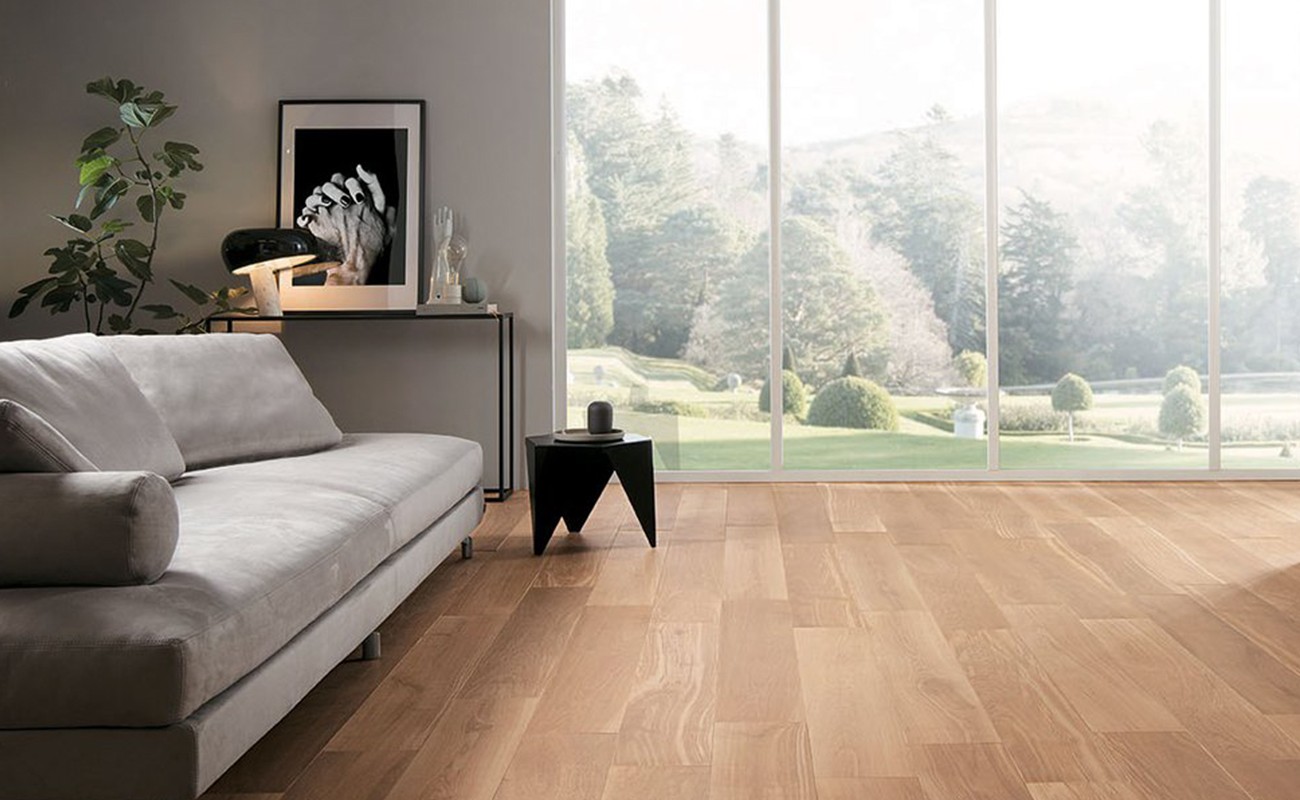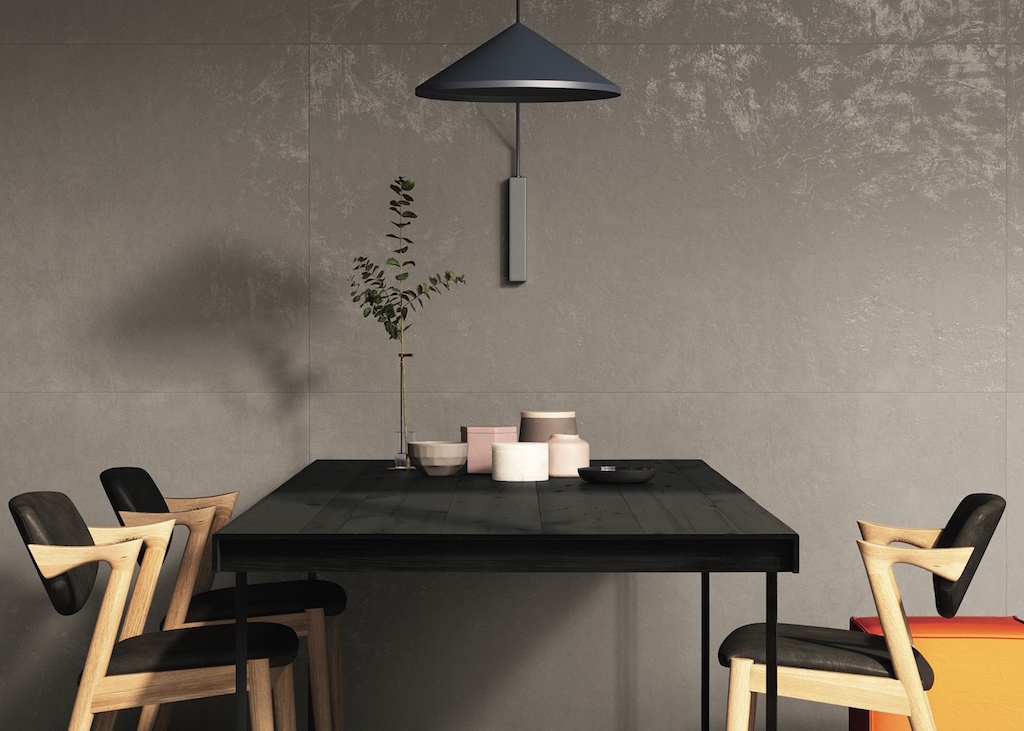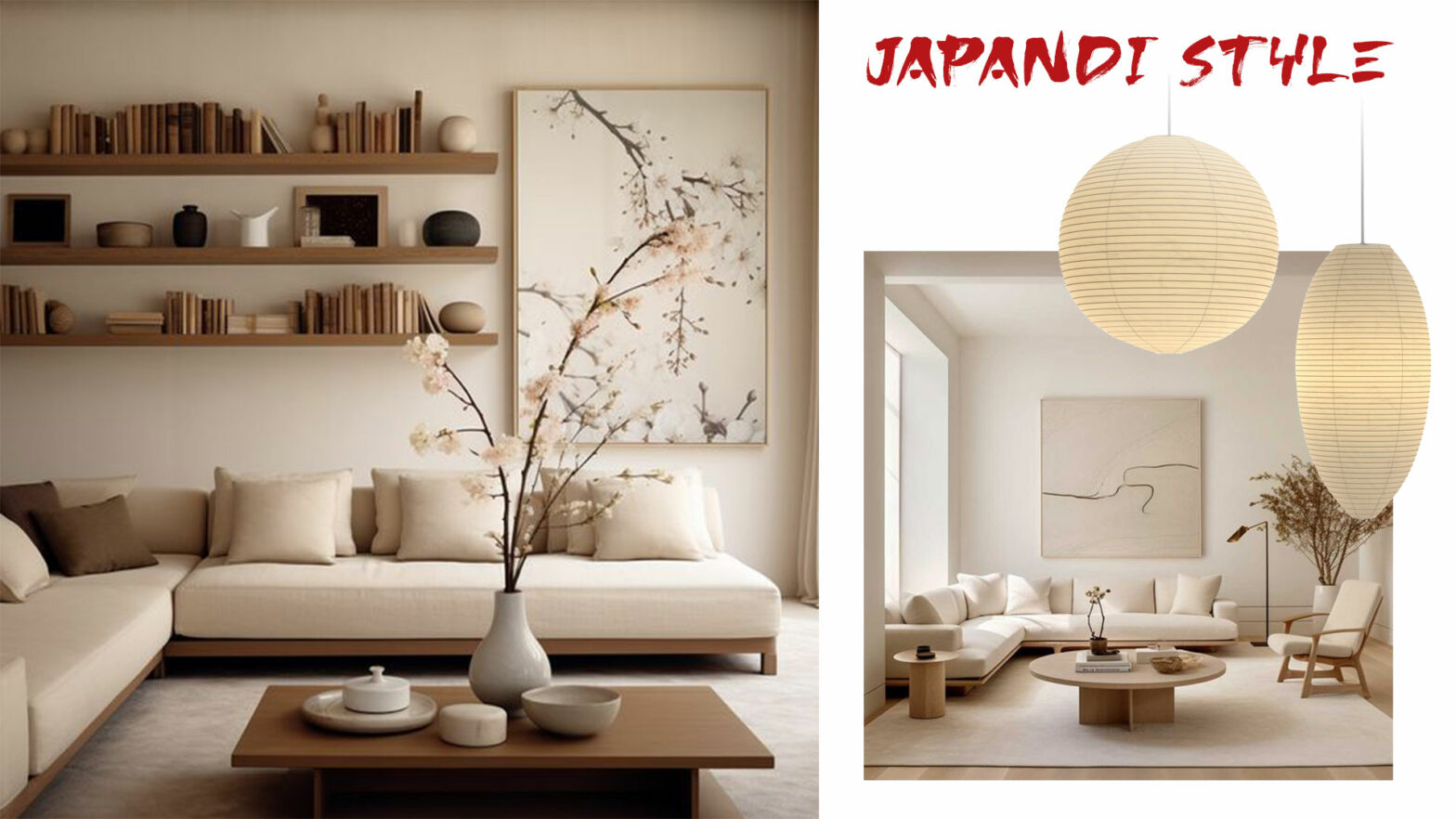The Japandi style blends Japanese and Scandinavian styles. The finishes most suitable for this style.
In recent years, a new style of furniture has gained more and more popularity among interior design lovers: Japandi. This style is the perfect meeting between the minimalist aesthetics and simplicity of Japanese design with the functionality and elegance of Scandinavian style.
Where the term Japandi was born
The term “Japandi” is a fusion of the words “Japan” and “Scandinavia”, reflecting the mutual influence between these two cultures. This style focuses on creating harmonious environments, characterised by clean lines, natural materials and neutral color palettes.

Features
One of the main characteristics of Japandi is simplicity. Furniture and accessories are reduced to the essentials, avoiding visual overload and leaving room to breathe. The spaces are organised in a functional way, favouring practicality and efficiency.
The use of natural materials is another distinctive element of the Japandi style. Wood, stone and organic fabrics are used to create a sense of warmth and connection with nature. The attention to sustainability is also reflected in the choice of eco-friendly materials and the use of production techniques with low environmental impact.

What are the colours of Japandi style
The color palette of Japandi is characterised by neutral shades such as white, grey and beige. These shades create a relaxing atmosphere, ideal for promoting rest and well-being. Accents of color can be inserted through the use of green plants, handcrafted ceramics or decorative details. If the choice falls on porcelain stoneware, the choice of natural colours and textures is immense.
The minimalism that characterises it
Japandi also stands out for its minimalist aesthetic that favours the concept of “less is more”. The spaces are purified of superfluous objects and clutter, leaving only what is essential and aesthetically pleasing on display. Smooth surfaces such as porcelain stoneware and furniture with clean lines reflect light harmoniously, creating a bright and welcoming atmosphere.

Japandi technology and style
Finally, Japandi also encourages the use of technology in a discreet and integrated way. Modern appliances and equipment are hidden and harmonised with the surrounding elements, avoiding their negative visual impact.
The Japandi style offers a unique combination of elegance and simplicity, embracing the minimalist aesthetic and functionality of Scandinavian design, along with the serenity and harmony of Japan. This style is perfectly suited to those seeking a calm and refined atmosphere, without sacrificing practicality and comfort in modern life.
Some tips for decorating in Japandi style
Furnishing your home in Japandi style means creating an environment that reflects the harmony between Japanese minimalist aesthetics and the functionality of Nordic style. This unique combination of two cultures can transform your home into a welcoming, relaxing and elegant space. Here are some tips on how to decorate your home in Japandi style.
Simplicity and minimalism: Japandi is based on the idea of reducing superfluous elements and leaving empty space. Choose essential furniture with clean styles, avoiding visual overloads. Opt for tables with a minimalist design, chairs without too many decorations and beds with simple lines.
Natural materials: To create a connection with nature, choose natural materials such as wood, stone and rattan. Choose wooden furniture with a natural finish to enhance the beauty of the material. Add organic fabrics like cotton or linen to stuff cushions and cover chairs. Wood or natural clay effects for floors.

Neutral colours: Japandi’s color palette is based on neutral shades such as white, gray and beige. These colours create a relaxing and serene atmosphere. However, you can add touches of color through the use of small details or plants, which will bring freshness and vitality to your home.
Natural Lighting: Make the most of the natural light inside your home. Choose light, sheer curtains that allow the sun to filter through gently, creating an atmosphere of calm and quiet. Also add energy-efficient lights to create points of light in a discreet and delicate way.
Minimalist decorative elements: The “less is more” rule also applies to decorative elements. Choose a few significant works of art or decorative objects and place them strategically. You can opt for handmade Japanese ceramics or small pots with green plants to add a touch of nature to your home.

Open space and organisation: Keeping spaces open and well organised is key, use functional furniture that offers storage space, as visual cleanliness is a key element of the Japandi style.
Furnishing your home in Japandi style means creating a balanced, refined and serene environment. Follow these tips and be inspired by Japanese minimalist aesthetics and Nordic functionality to create a space that reflects your personality and welcomes you in an atmosphere of peace and tranquility.

